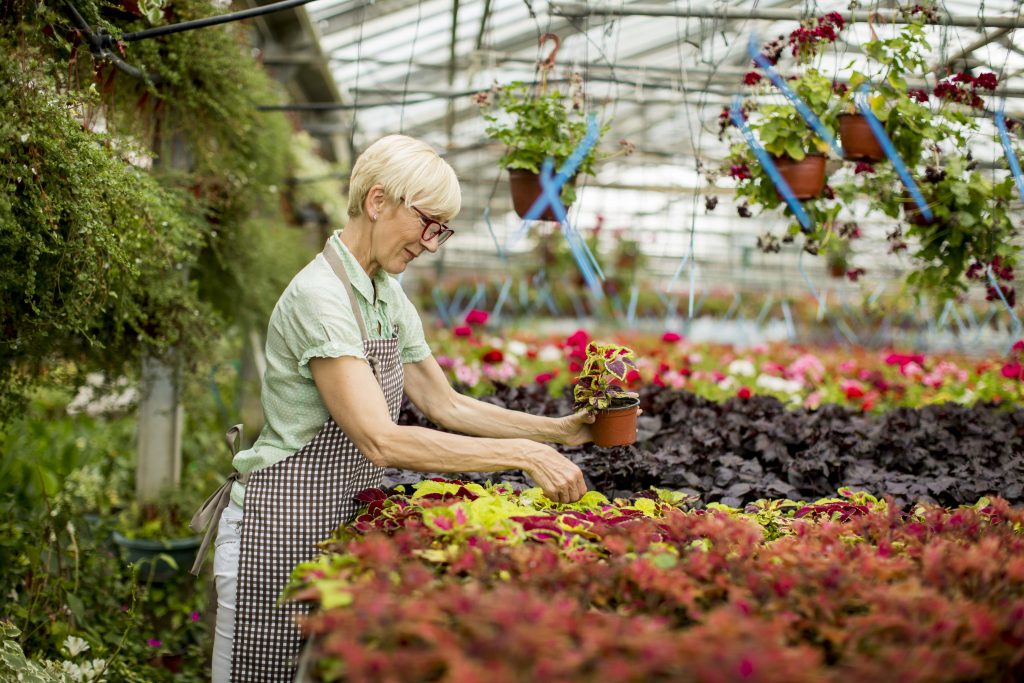
A Guide to Flower Gardening
Flowering plants lift our spirits and brighten our lives. Not only are they an idyllic addition to any garden, but they can be a constant source of beauty and inspiration all year long. However, with so many different kinds of flowers available it may be hard to know where to begin when selecting what types of flowers to grow in your space.
No matter if you want to add some flair to your patio or create a full-fledged flower garden, there are plenty of tips and tricks that will help get the job done. With careful consideration and some advanced planning, your flowers will look their best and bloom throughout the summer season.
1. Perennials & bulbs (bulb flowers) are essential elements in any flower garden. Not only do they add vibrant color to your yard, but their longevity attracts bees for life!
These plants are easy to care for and will offer a constant source of colour throughout the growing season. You can plant them as part of a flower bed or in a garden box, but make sure they receive adequate water and fertilizer.
2. Annuals are an ideal choice for beginners as they require very little upkeep and often come in packs of seeds or at the garden centre. They make wonderful additions to your flower beds due to their rapid germination rate and range of colours. 2. Established perennials provide plenty of benefits but require little attention once planted
3. Sow your seeds indoors before planting them outdoors.
Seeds are the most cost-effective way to add vibrant color and vibrancy to your flower gardens, especially if you are just starting out. Most seeds need to be kept warm for two or three weeks before they can be planted in the ground.
4. Once all danger of frost has passed, sow your seeds outdoors and give them a good soak in water for half an hour before planting them.
5. Be sure to plant your seeds in an optimal location, taking into account both sunlight and shade conditions.
Most flowers thrive in a sunny location, so try to select an area that receives 6 hours of direct sun daily. Additionally, make sure your flowerbed isn’t directly under any mower blades as these can trample its petals.
6. Arrange your flower beds neatly to maintain a professional appearance, and ensure there are no weeds between the rows.
7. Compost the soil.
Adding a layer of compost to the flower bed each spring provides your plants with essential nutrients for healthy growth.
8. Avoid Over-fertilizing.
Excess fertilizer can lead to weak growth or even wilting. If in doubt, read the directions on the bottle or bag of fertilizer carefully for any precautions that need taking.
9. Gather the necessary tools for the job.
A garden hose, gloves, rake and shovel are all essential when working in the flower garden. You may even need special equipment for certain flowers like a trimmer or weeder. 9. Once you have all your tools ready to go, start working!
With some effort and precision, you can create a breathtaking flower garden that will surely impress your family and friends.
